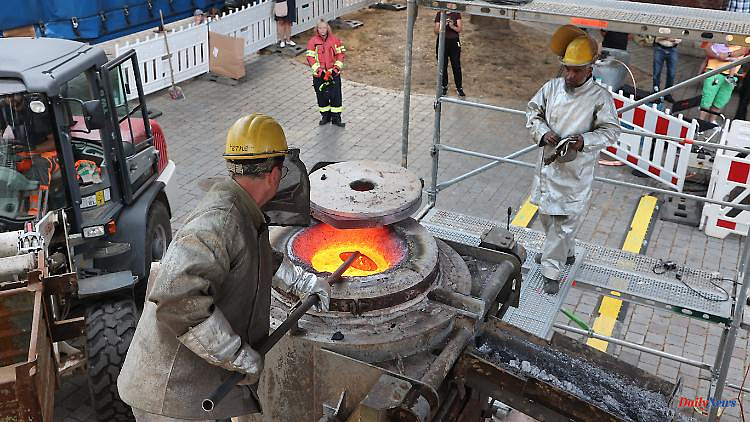In 2021, the average income in eastern Germany will exceed the threshold of 3,000 euros for the first time. At the same time, the West-East difference in wages is narrowing. Wages and salaries are highest in Hamburg, Baden-Württemberg and Hesse.
The difference between earnings in western and eastern Germany has narrowed. According to an evaluation by the Federal Employment Agency, wages and salaries in the east were 619 euros below those in the west last year. The year before, the difference was 650 euros. The difference between the earnings of men and women also decreased: men received 373 euros more than women. In 2017 the difference was 452 euros.
For the evaluation, the Federal Agency calculated the median wages - i.e. the mean value of the wages - of all full-time employees subject to social security contributions. This means that half of the employees earn a salary that is below this median salary, the other half above it. In 2021, this average increased by 89 to 3516 euros compared to the previous year, the Federal Agency announced. After only a slight increase in 2020, the plus is again at a similar level as in previous years.
In eastern Germany, average wages and salaries rose above the 3,000 euro mark for the first time at 3,007 euros. In western Germany, employees earned an average of 3626 euros. Wages and salaries were highest in Hamburg, Baden-Württemberg and Hesse. The lowest were paid in Mecklenburg-Western Pomerania, Thuringia and Saxony-Anhalt.
While earnings in some sectors fell in 2020 due to the pandemic, they rose again in all sectors of the economy in 2021. The strongest growth was in information and communication technology, qualified services and healthcare. The wages in the production of domestic goods such as food or clothing, in public administration and in the metal and electrical industry rose the least.












